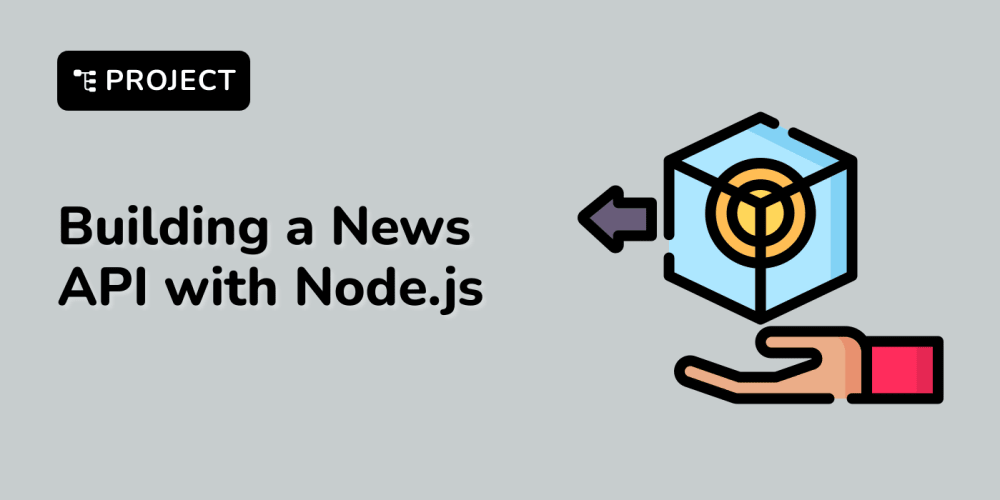1. The concept of Request and Limit
Kubernetes allows you to define resource requests and resource limits for Pods.
Resource Request : This is the minimum amount of resources a Pod requires to function. Kubernetes uses resource requests to decide which Pods can run on a given node. If the resources on a node are insufficient to meet the requests of a Pod, that Pod will not be scheduled on that node.
Resource Limit : This is the maximum amount of resources a Pod can use. If a Pod attempts to use more resources than the defined limit, it may be throttled or even killed and restarted.
2. Why is it necessary to limit requests?
Effective Resource Management : Resource requests and limits provide a mechanism to efficiently allocate CPU and memory resources among Pods in Kubernetes. By specifying exact resource requirements, you can prevent resource starvation and ensure fair sharing.
Pod Isolation : Resource limits enforce boundaries, protecting other Pods from being impacted by a Pod that exceeds its allocated resources.
Capacity Planning : Understanding the resource needs of your Pods enables you to effectively plan for cluster scaling and prevent resource contention.
3. How to Configure Request Limits in Kubernetes
To configure resource requests and limits for a Pod in Kubernetes, you need to edit the Pod configuration file (or Deployment, StatefulSet, etc.). Here's an example of how to configure CPU and memory requests and limits for a Pod:
apiVersion: v1
kind: Pod
metadata:
name: mypod
spec:
containers:
- name: mycontainer
image: myimage
resources:
requests:
memory: "64Mi"
cpu: "250m"
limits:
memory: "128Mi"
cpu: "500m"
In the example above:
requests : Defines the minimum resource requirements for a container. For instance, the minimum requirement is 64 MiB of memory and 250 milliCPU.
limits : Defines the maximum amount of resources a container can use. For example, the maximum limit is 128 MiB of memory and 500 milliCPU.
4. Conclude
Resource requests and limits in Kubernetes are crucial tools for effective resource management and allocation. By configuring resource requests and limits, you can ensure that Pods operate stably without impacting others. Understanding and correctly applying these limits will help you optimize the performance and security of your applications within a Kubernetes environment.
We hope this article has provided you with a clearer understanding of resource requests and limits in Kubernetes and how to effectively utilize them. If you have any questions or require further information, please don't hesitate to reach out!


















